The abacus is basically mechanically aided tool used for counting and forming basic arithmetic; though it is not a calculator it is a kind of calculator, similar to the four function calculators that are used in many elementary school classrooms. Whatever is available for written arithmetic can be solved by abacus.
It is a light weight, easy to operate on and has the following features:
It has a vivid structure, an order of digits, free parallel arrangement of bead-codes and easy variety of numbers. The number is expressed with beads moving. Addition and subtraction are connected to each other. The four fundamental operations are in close connection and interchange, with clear arithmetic principles. It is easy for the beginner to learn. The notation system that each rod stands for a definite digit and each bead counter, a specific number, leaves no doubt whatsoever even in the mind of the very beginner. More briefly explained, the Abacus is an instrument to augment mental arithmetic. The mechanics of its use is simple, and its accuracy is assured by repetition and practice alone.
This book on Japanese Abacus: Soroban Techniques deals with Addition and Subtraction, Multiplication, Division, Decimals, Extracting Square Roots and Calculations involving more than one unit of measurement.

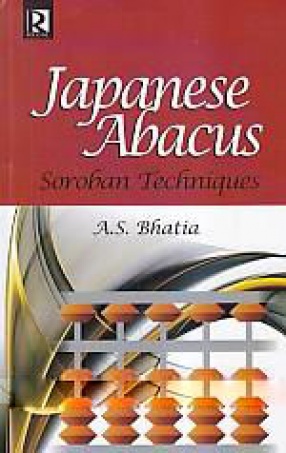
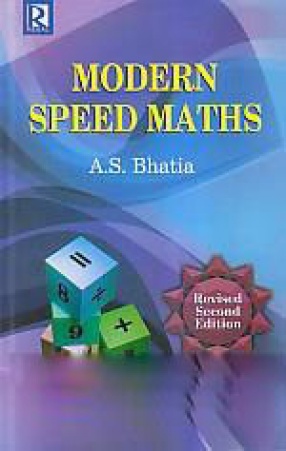
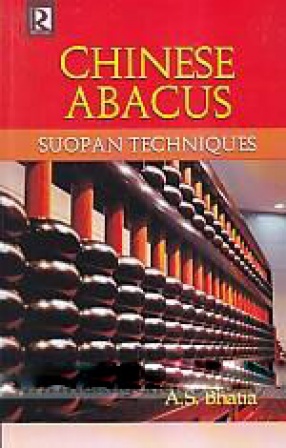
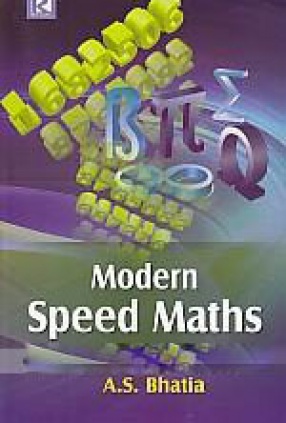

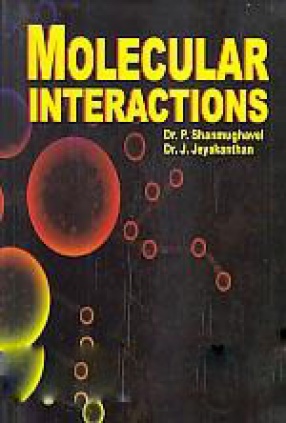

There are no reviews yet.